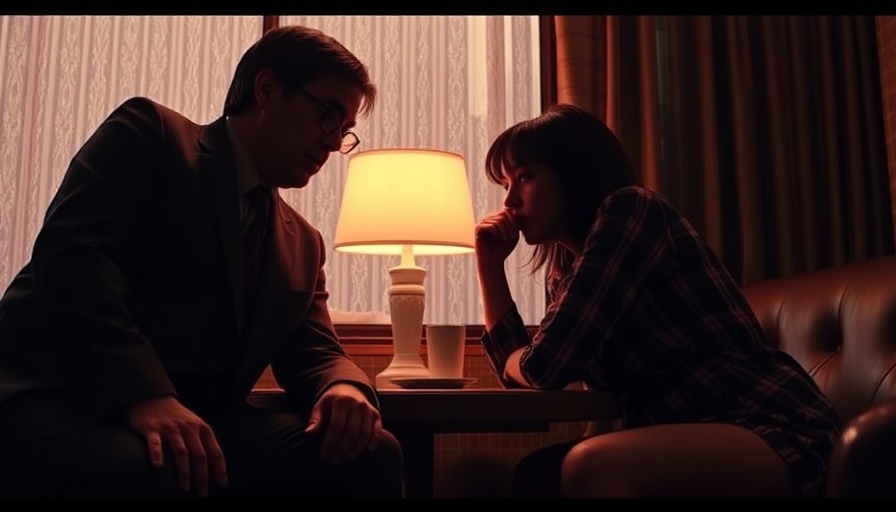
Reviving Counterculture: A Glance at Anderson’s Vision
Paul Thomas Anderson’s latest film, One Battle After Another, resurrects the vibrant and often chaotic themes of counterculture in contemporary America. By adapting Thomas Pynchon’s Vineland, Anderson masterfully intertwines satire with urgent political discourse, creating a cinematic experience that resonates with today’s audience. Through the lens of revolution depicted by Leonardo DiCaprio’s character, Bob, the film explores the nuances of activism in a world shadowed by merging ideologies and stark societal divides.
A Pulp Fiction Lens on Modern Struggles
Set against the backdrop of the ongoing political tensions in the US, Anderson’s approach illustrates a dramatic recollection of historical elements—merging the subversive spirit of the 1960s with a contemporary setting. The film uses humor and action to depict Bob’s desperate attempts to mobilize and create change, reflecting a broader struggle that transcends cultural and political disparities. While the storyline veers into the absurdity of modern activism, it prompts viewers to consider the gravity of their roles within a society permeated by turbulence.
Juxtaposition of Personal and Political
Anderson doesn’t shy away from personal narratives amidst political chaos. Bob’s struggle to connect with his potential daughter amidst the stress of revolutionary resistance echoes the parallel injustices faced by families today, especially relating to the treatment of migrant families at the border. This poignant theme draws attention to the emotional fallout that often accompanies political action, compelling viewers to grapple with the intersection of personal and collective responsibility.
Soundscapes of Resistance: Jonny Greenwood’s Score
The film's score by Jonny Greenwood enhances the visceral nature of the narrative, orchestrating a soundscape that is as chaotic as the plot itself. The music becomes a character in its own right, guiding viewers through moments of tension and release. This auditory experience amplifies the film's themes, immersing the audience in an exploration of what it means to resist and adapt in a world of unyielding change.
Exploring the Symbolism of Pynchon’s Work
At its core, One Battle After Another is a dialogue with Pynchon’s ideas of rebellion and societal skepticism. Anderson deftly updates the narrative to incorporate contemporary issues such as immigration and law enforcement—a direct reflection of Pynchon’s critique of authority throughout his career. The film serves as a reminder of the cyclical nature of history where once-revolutionary acts may evolve into normalized practices. However, it also highlights the heart of activism—the genuine desire for connection, representation, and change.
Confronting Cultural Reflections
As the film unfolds, it becomes apparent that Anderson’s storytelling is interwoven with significant cultural references, threading the viewer through familiar yet unaddressed matters within society. The absence of terms like BLM and MAGA is a cinematic choice that reflects a unique commentary on how language shapes political narratives. By focusing on the actions rather than the labels, Anderson invites the audience to participate in a broader discourse about identity and activism without confining it to popular slogans.
In summary, One Battle After Another positions itself as more than just a film; it becomes part of a cultural reckoning for our times, urging viewers to reflect on their values and the chaos of political tides. For those who wish to dig deeper into the intersection of art and activism, it's essential to engage with this thought-provoking piece and its introspective themes.
 Add Row
Add Row  Add
Add 




Write A Comment